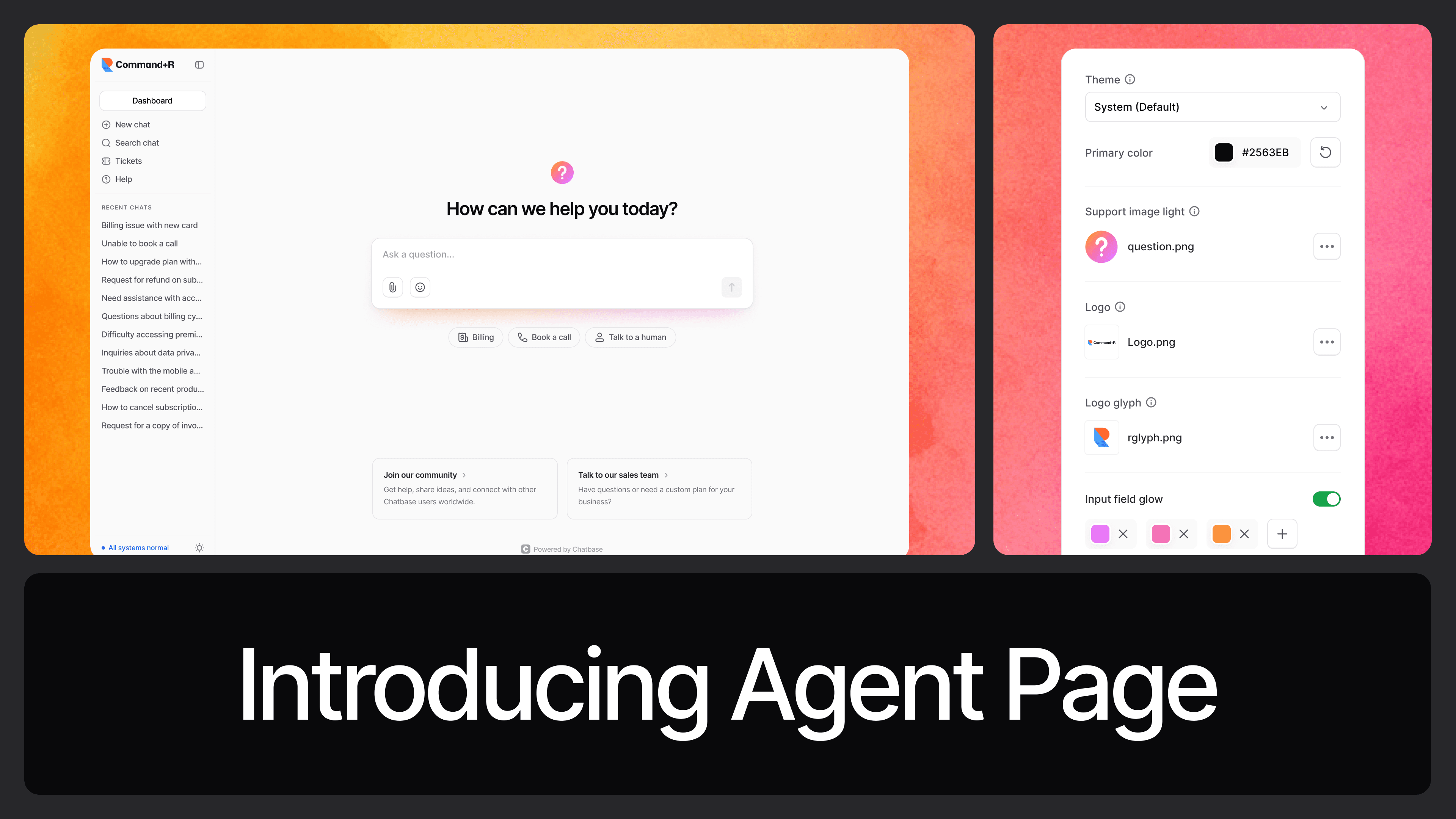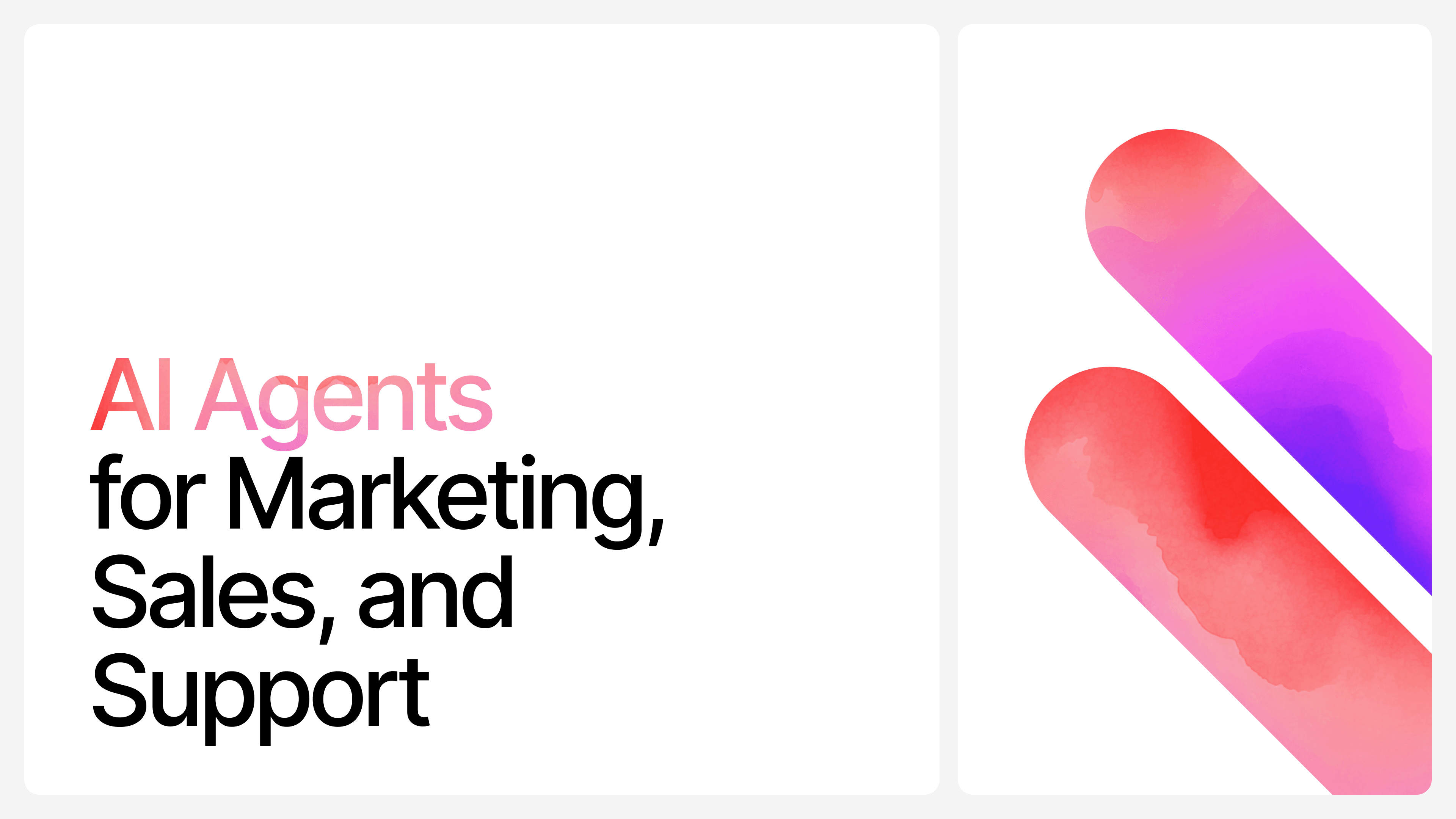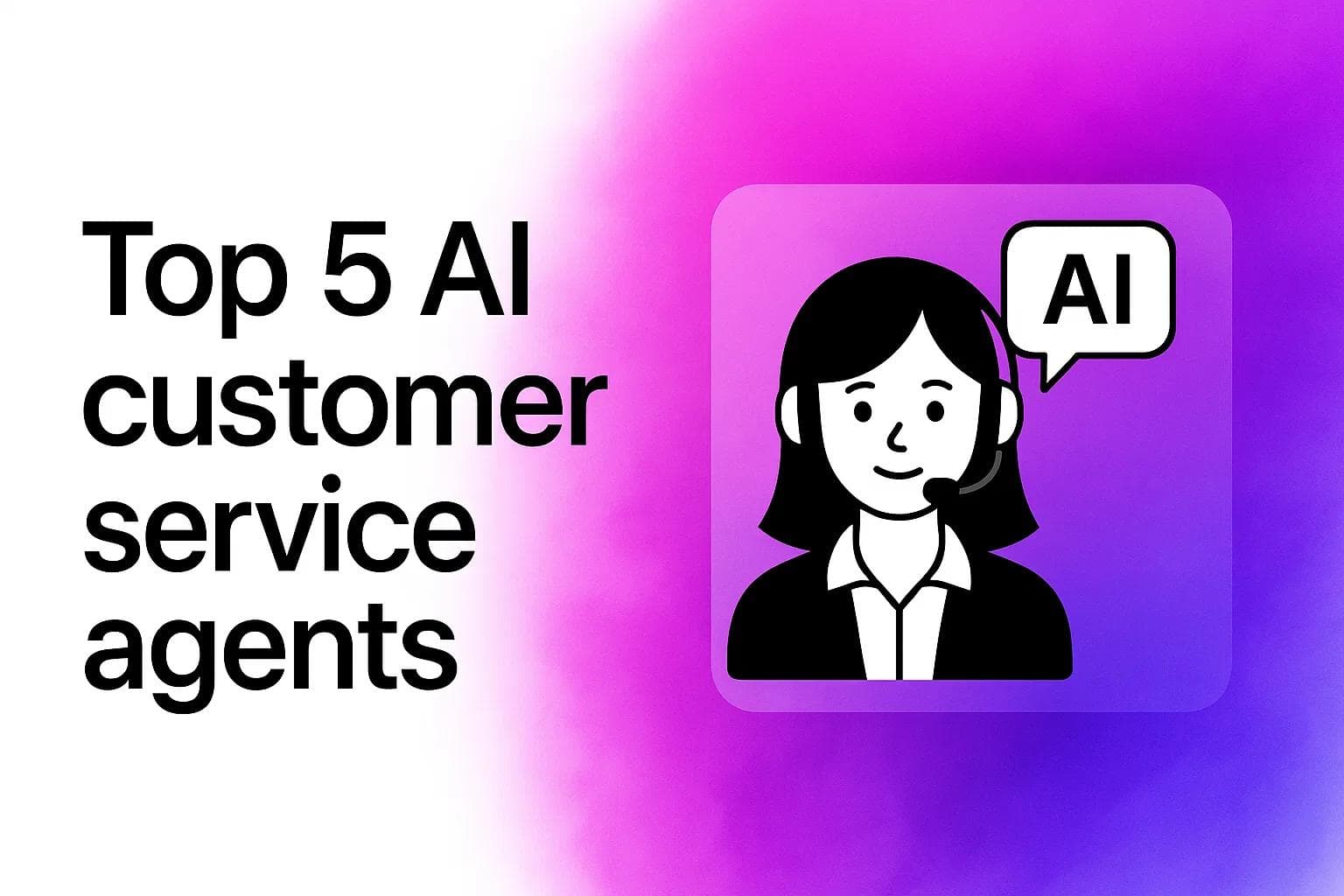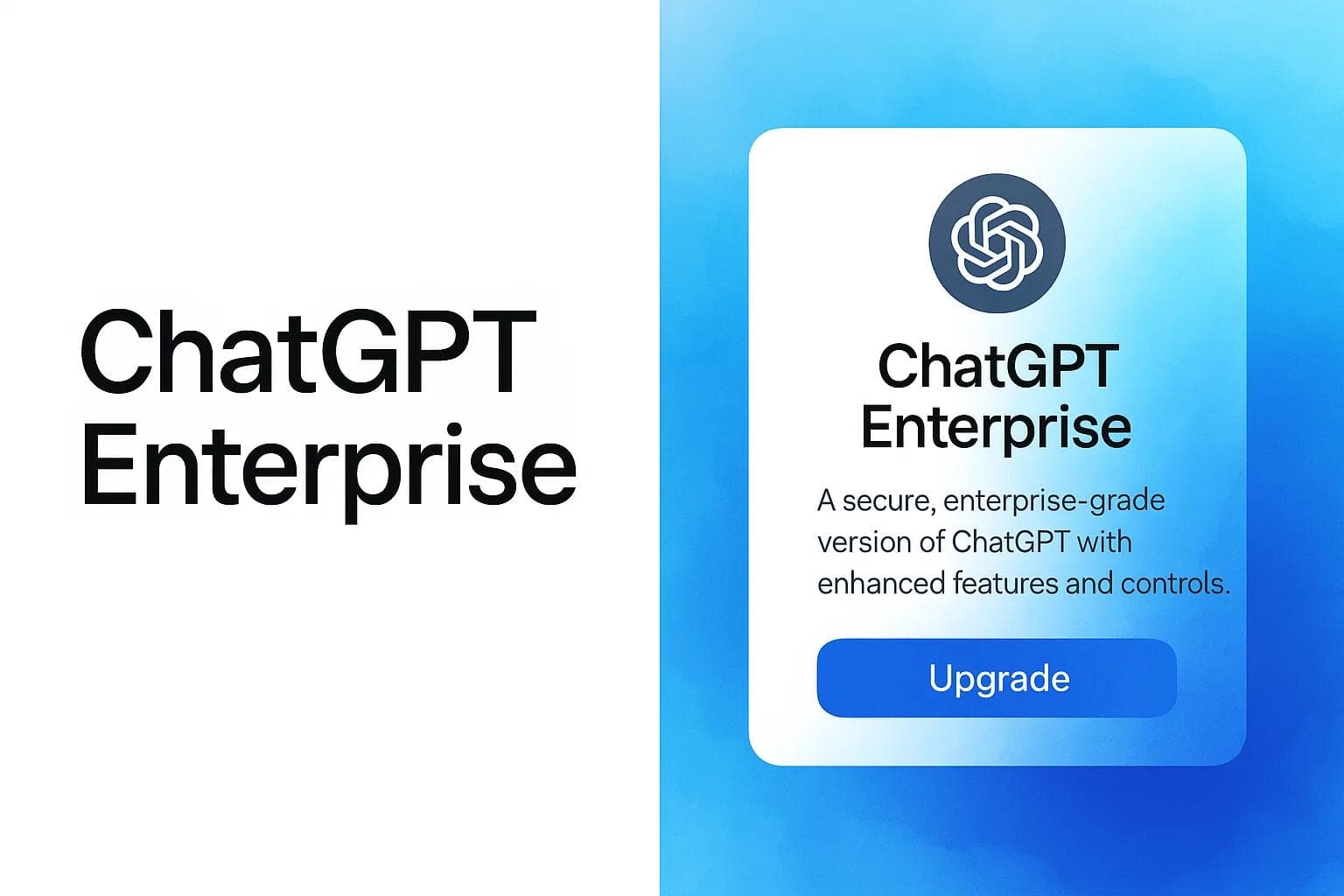Customer Success vs. Customer Support: What’s the Real Difference?
Max T
Jul 31, 2025
9 min read
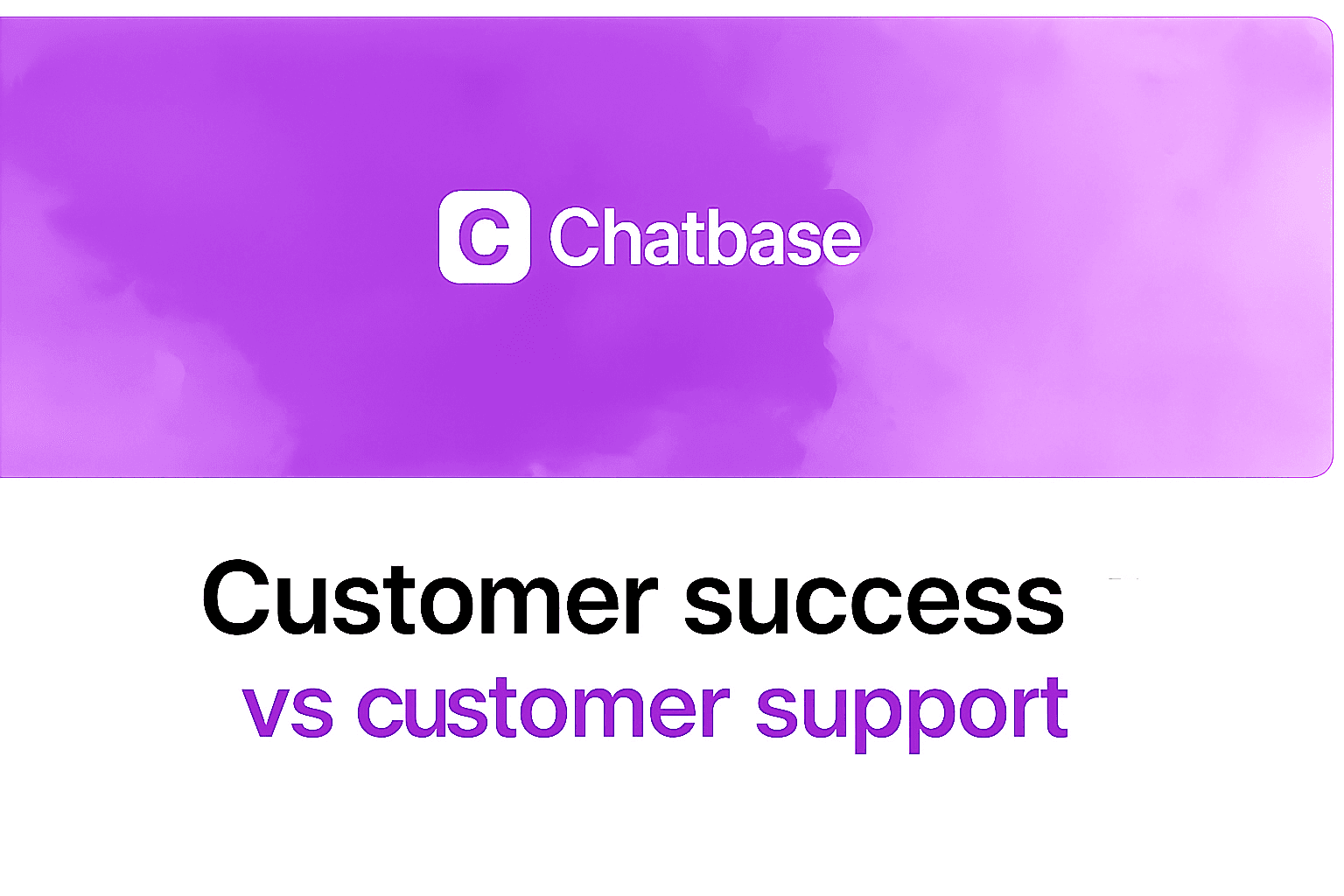
The terms Customer Success and Customer Support often get used interchangeably, “but they shouldn’t be.” They represent two fundamentally different approaches to helping users, and understanding that difference can have a major impact on how customers experience your product.
Customer Success is the newer of the two. It’s strategic, proactive, and focused on guiding customers toward long-term results. Customer Support, on the other hand, is operational. It’s built to respond quickly to issues, questions, or blockers in the moment.
If you're building a product, a team, or any kind of user experience, drawing a clear line between them is very important.
What is Customer Support?
Customer Support is the team or function responsible for helping users when they run into problems. It’s reactive by nature “someone reaches out with an issue, and the support team responds to solve it.”
These problems can range from login issues and billing errors to bugs or confusion about how a feature works. The focus is on resolving immediate blockers and restoring a smooth user experience as quickly as possible.
Support performance is usually measured through operational metrics like:
- First Response Time (FRT)
- Resolution Time
- Customer Satisfaction Score (CSAT)
- Ticket Volume
Customer Support plays a critical role in day-to-day satisfaction. It keeps frustration low, shows users they’re being heard, and helps maintain trust during moments of friction. But while support is vital for putting out fires, it doesn’t typically focus on helping customers grow, thrive, or realize long-term value from the product.
That’s where Customer Success steps in.
What is Customer Success?
Customer Success is proactive and strategic. Rather than waiting for problems to arise, Customer Success teams actively work to ensure customers achieve their goals with your product or service.
It’s about building a strong, ongoing relationship that maximizes long-term value, helping customers onboard smoothly, adopt features effectively, and ultimately get meaningful results that matter to them.
Core activities often include:
- Onboarding and training new users to ensure they start on the right foot
- Regular check-ins to monitor progress and address emerging needs
- Usage monitoring and personalized recommendations to drive deeper adoption
- Renewals and upsells that align with customer success and growth
Customer Success is measured through outcome-focused metrics such as:
- Customer Lifetime Value (CLV)
- Churn Rate
- Product Adoption Rates
- Net Promoter Score (NPS)
In essence, Customer Success is about preventing problems before they happen and making sure customers thrive, turning users into loyal advocates and long-term partners.
Key Differences Between Customer Success and Customer Support
At first glance, Customer Support and Customer Success might look like two sides of the same coin; both are customer-facing, both aim to improve user experience, and both are critical to retention. But the mindset, timing, and impact of each role are fundamentally different.
Customer Support is reactive. It steps in when something breaks. A user can’t log in, a feature isn’t working, or billing went sideways. Support is there to put out the fire. These interactions are often short, specific, and focused on solving a single issue. The value is in speed and clarity. The goal is to fix and close the ticket, ideally leaving the customer satisfied.
Customer Success is proactive. It’s not about solving what went wrong; it’s about making sure everything goes right. Success teams look at usage trends, engagement patterns, and account health to help customers succeed before they ever hit a roadblock. They guide onboarding, encourage product adoption, and help identify upsell opportunities that are actually useful to the customer.
Support is driven by problems. Success is driven by outcomes. Support waits for a hand to go up. Success reaches out before the hand ever rises. Support might deal with hundreds of one-off questions a week. Success focuses on fewer accounts, but digs deeper into their journey and needs.
One solves. The other nurtures. And in modern businesses, especially SaaS and subscription models, you need both.
Why This Matters More Than Ever
Customers don’t just buy products anymore, they buy outcomes. And if your business isn’t actively helping them succeed “and” supporting them when needed, someone else will.
- Customer expectations have leveled up Users expect fast, helpful, and even personalized responses “not just when they ask for it, but sometimes before they realize they need it.” Businesses that operate reactively feel slow, frustrating, or disconnected.
- Churn is often invisible A lot of customers don’t complain “they just disappear.” If your only system is built to react to complaints, you’re missing the signals that someone’s disengaged, stuck, or no longer finding value.
- Support alone doesn’t drive growth You can have the best ticketing system in the world, but if no one is helping users “adopt”, “explore”, and “expand” their usage, growth plateaus. Success fills this gap and extends the customer lifecycle.
- Proactive engagement builds trust When a customer sees that your team is invested in their goals “not just fixing bugs” it deepens the relationship. That trust turns into higher NPS, better retention, and more organic referrals.
- Experience is now your biggest differentiator Products are easier to copy. Features don’t stay unique for long. But the way you “support and succeed” your customers is harder to replicate, and it’s often the reason users stick with you over others.
Get Started with Customer Support and Customer Success with Chatbase
You don’t have to be confused about where Customer Support ends and Customer Success begins “or how to manage both effectively.” Chatbase helps you not just draw that line but blend the two seamlessly, so your customers get the best of both worlds.
If you run a product, company, or support operation, the first step is to identify where Chatbase fits into your customer experience. Here are some practical ways Chatbase makes it easier:
- Set up keyword triggers to stay proactive. Chatbase can monitor conversations for specific keywords or phrases. When it detects recurring issues or important signals, it can notify your support team immediately. This way, you catch problems early and address them before they escalate.
- Use AI agents to provide instant answers, 24/7. Your customers get fast, accurate responses any time of day without waiting for human agents. Chatbase’s AI can handle common questions, troubleshoot basic problems, and guide users through your product “freeing your team to focus on more complex issues.”
- Automate routine tasks and workflows. Beyond answering questions, Chatbase can take actions like booking appointments, checking order status, or collecting feedback automatically. This improves efficiency for both support and success teams.
- Seamlessly escalate when human help is needed. When a conversation requires a personal touch, Chatbase hands off smoothly to your support staff “including the full context so customers don’t have to repeat themselves.”
- Personalize customer journeys with proactive messaging. Based on user behavior, Chatbase can nudge customers through onboarding, suggest features they haven’t tried, or remind them of upcoming renewals. This helps your Customer Success team guide users toward their goals naturally.
Getting started is about understanding your customers’ needs and mapping out how Chatbase can fill gaps “whether it’s reducing ticket volume, improving onboarding, or providing ongoing guidance.” With Chatbase, you have a powerful, flexible tool that bridges Customer Support and Customer Success effortlessly.
Ready to transform your customer experience? Sign up for Chatbase today and start building smarter, faster, and more effective customer support and success workflows — all without adding complexity or overhead.
→ Get Started with Chatbase Now
Share this article:


